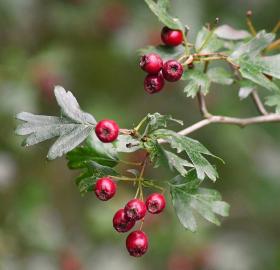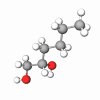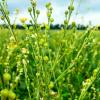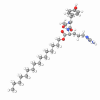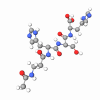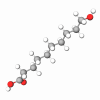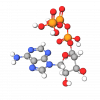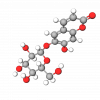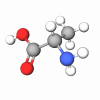Hawthorn (Crataegus oxyacantha) is native to the Northern Hemisphere, especially in North America, Asia, Europe, and the Mediterranean regions, where it grows naturally on trees and shrubs. It is known by other names such as Whitethorn, Thorn-apple Tree, May Blossom, and English Hawthorn.
Archaeologists discovered that Crataegus oxyacantha berries appear to have been used to make a fermented drink by Ancient Chinese civilizations, as a residue of this plant has been found in pottery jars dating back to approximately 7000 B.C. The Hawthorn berry was also steeped in superstition and dread during the Middle Ages as it was believed that the 'Crown of Thorns' worn by Christ was made from the Hawthorn tree. Many years later, in France and England, it was thought of as a symbol of love and marriage and often used during May Day festivals, and this is why it is also known as the May Blossom or May Flower.
Rich in natural and bioactive antioxidant polyphenols and flavonoids, Hawthorn (Crataegus) fruit extract protects skin cells, especially keratinocytes and fibroblasts, from UV-induced damage and oxidative stress. It is a natural ingredient that can prevent skin photoaging and preserve collagen synthesis by shielding fibroblasts and enhancing type I procollagen production.
It has been used for wound healing and dermatitis treatment in traditional medicine. Novel studies showed that Hawthorn extract contains phenols with antimicrobial activities. It's effective against streptococcal dermal infections even if those bacteria are resistant to commonly used antibiotics.